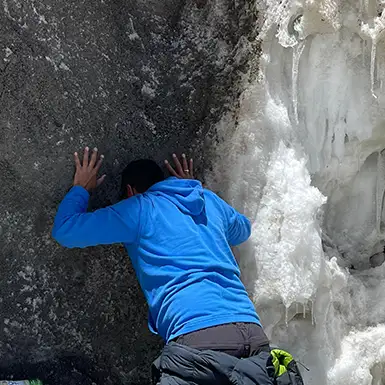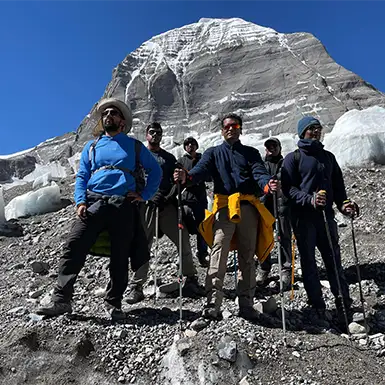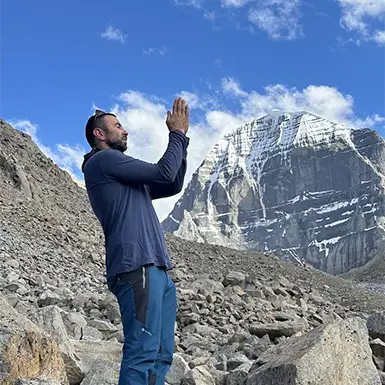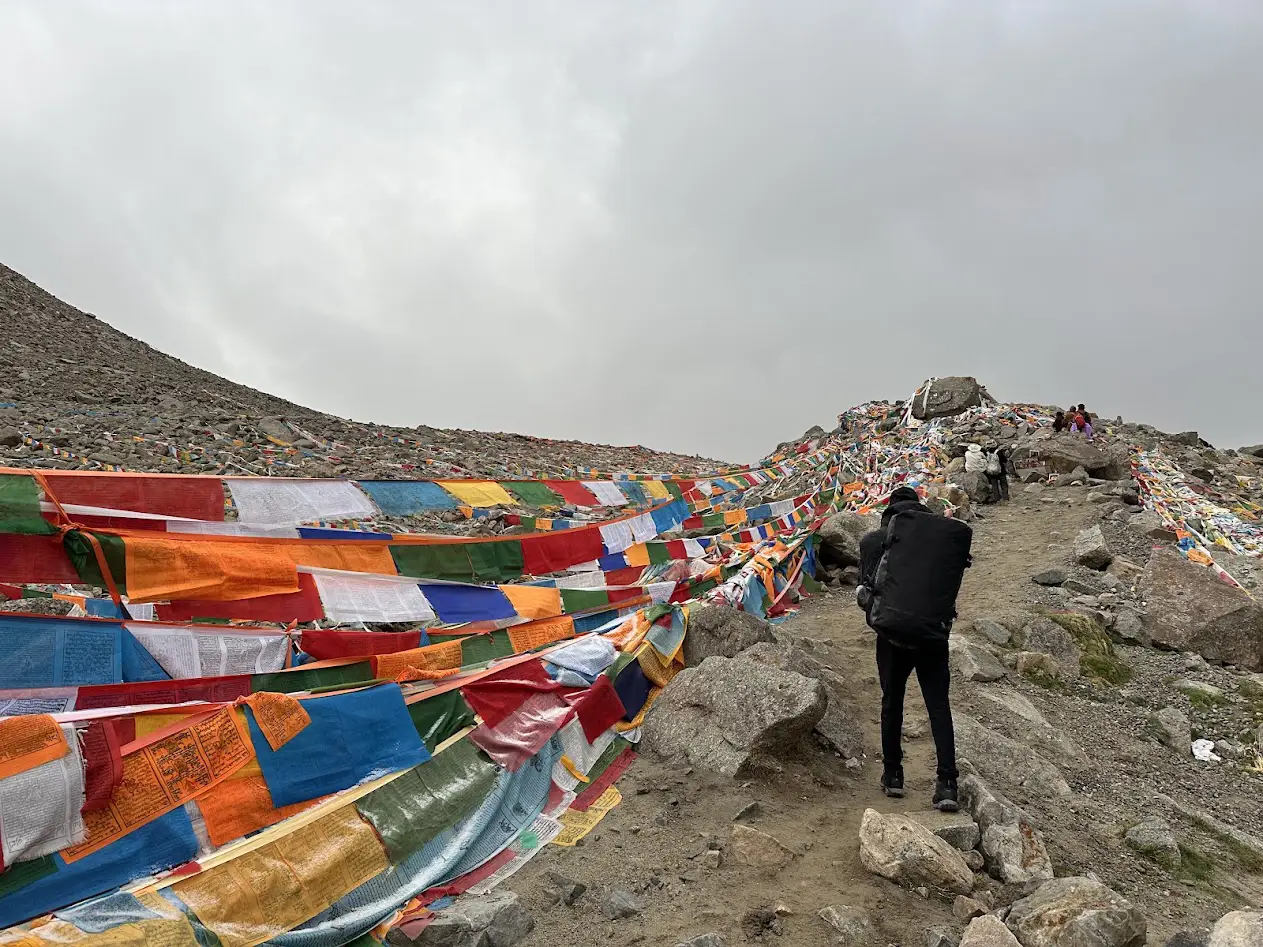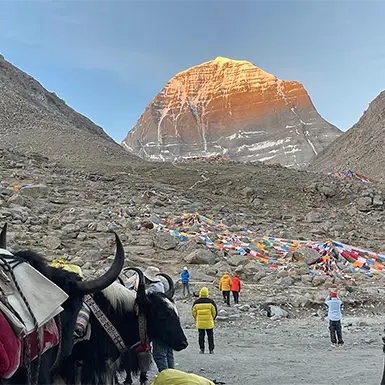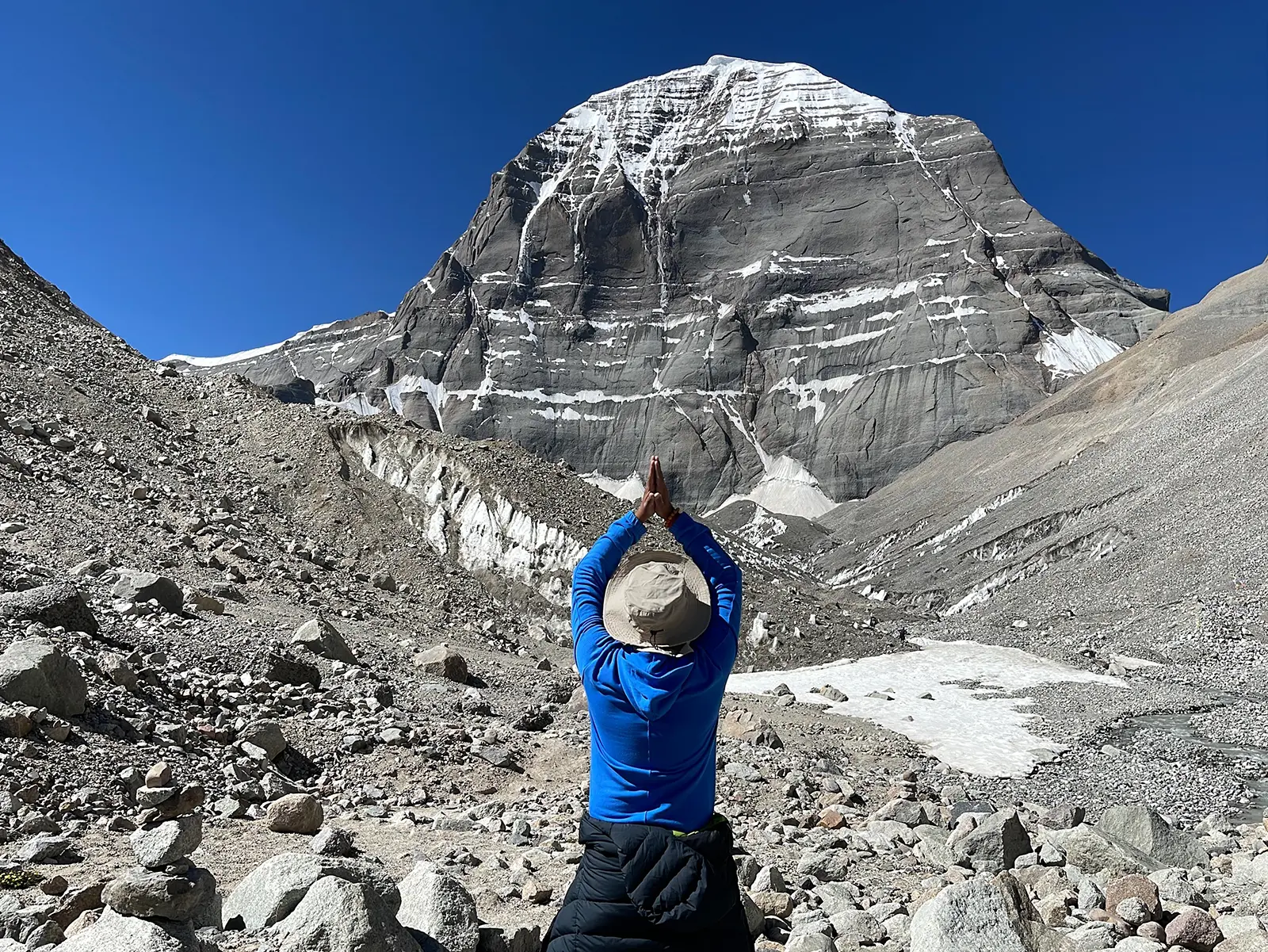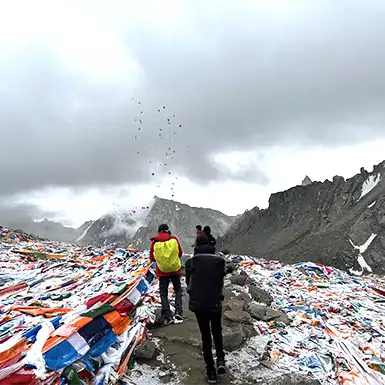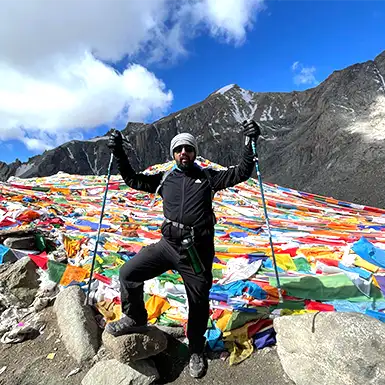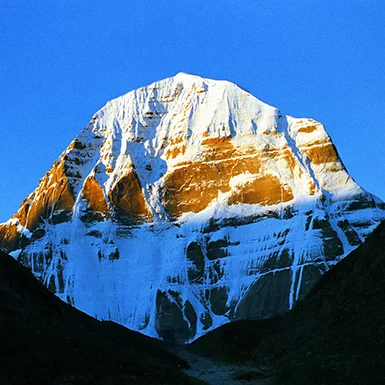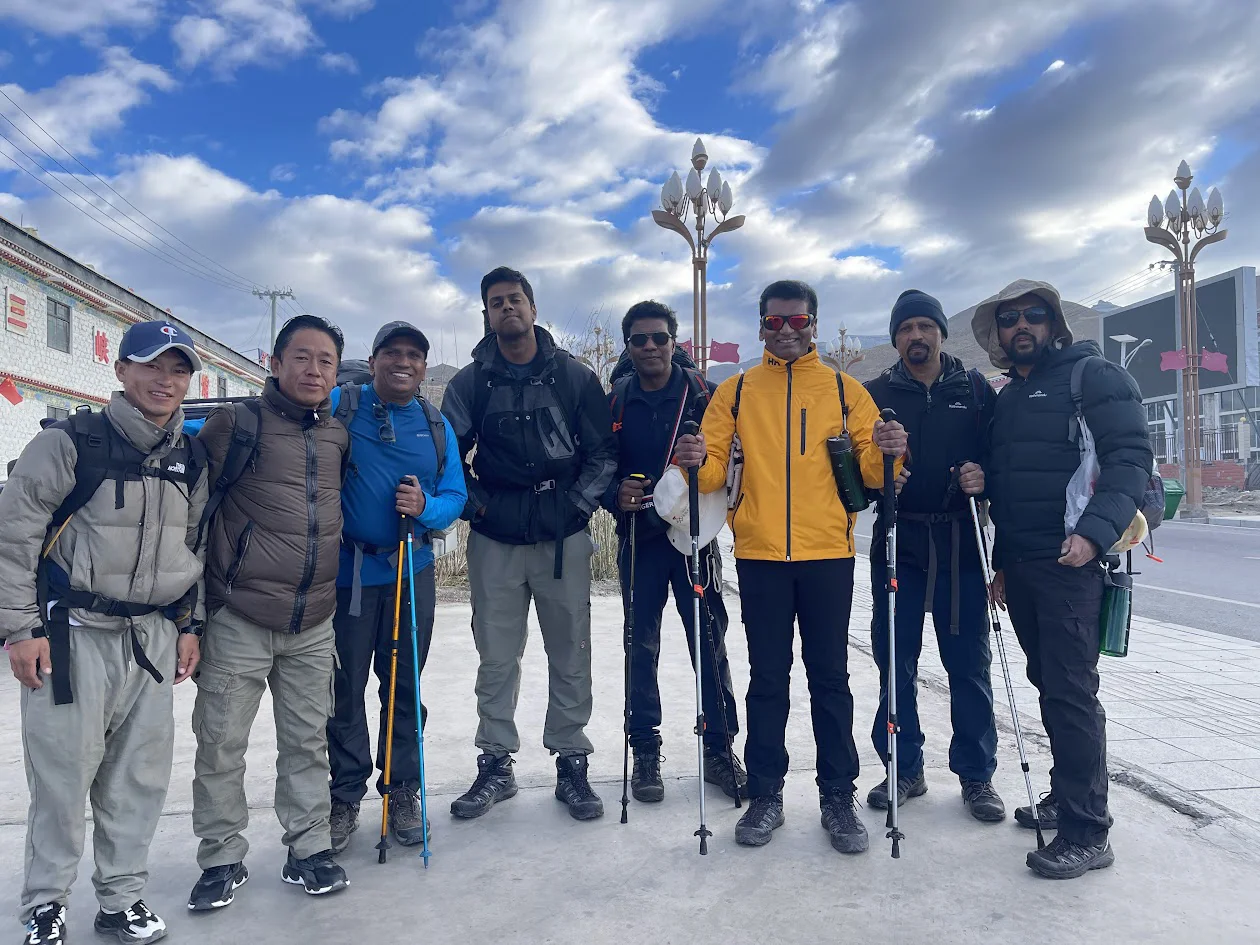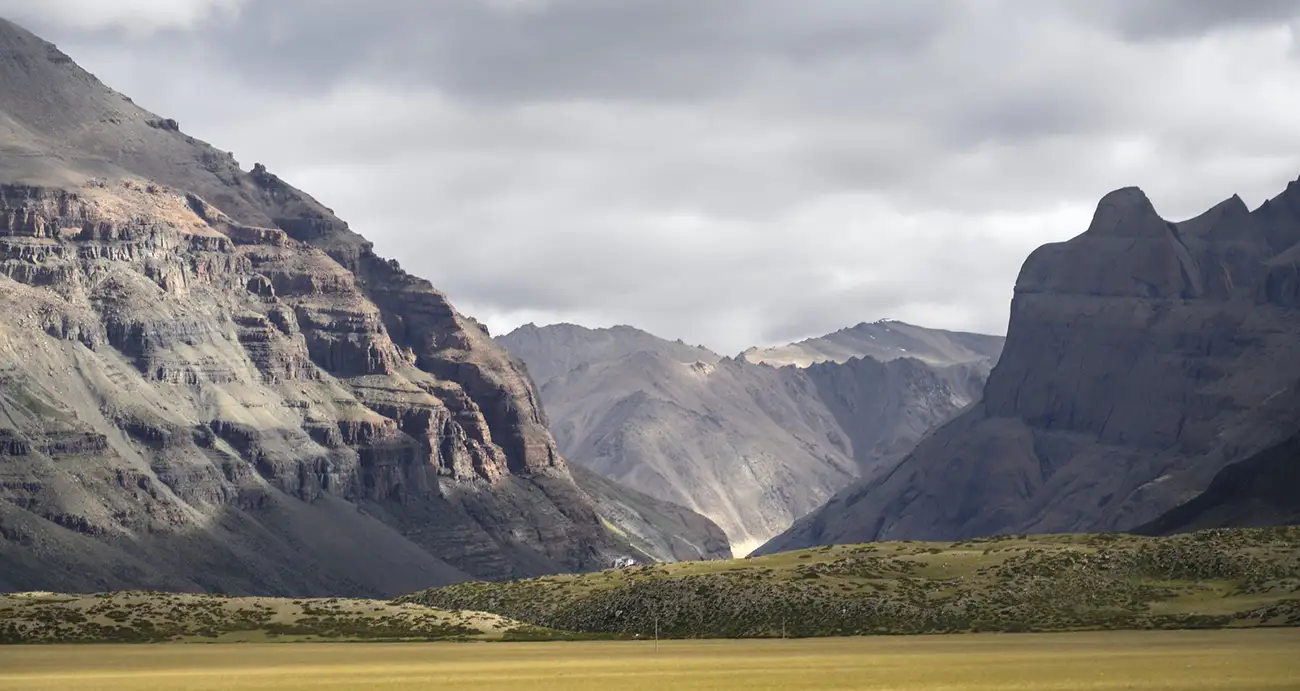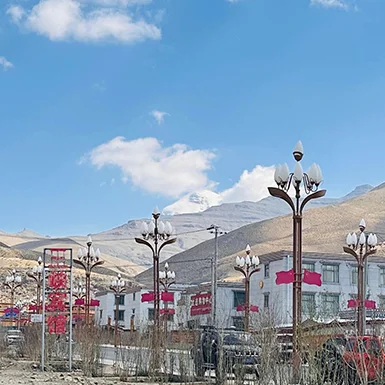The Path to Kailash Mansarovar: A Journey of Transformation
Reaching Mount Kailash for the sacred Charan Sparsh is a pilgrimage that challenges your body and spirit. The tour itself mirrors the transformative nature of the Yatra, testing and strengthening you along the way.
Routes and Challenges: Finding Your Way to the Sacred Mountain
Several routes lead to Mount Kailash, each offering unique landscapes and obstacles to overcome.
- Lipulekh Pass (India): This route begins in Uttarakhand, India, and traverses rugged terrain and high-altitude passes. Prepare for unpredictable weather and challenging trails.
- Kathmandu (Nepal): This scenic route winds through Nepal into Tibet, showcasing breathtaking Himalayan vistas. Gradual acclimatization to the increasing altitude is crucial.
- Lhasa (Tibet): This well-maintained route includes a long drive from Lhasa to Mount Kailash, offering opportunities to experience Tibetan culture. However, if you start at lower elevations, altitude sickness can be a concern.
Regardless of your chosen path, expect physical challenges:
- High Altitude: Mount Kailash sits above 15,000 feet, making altitude sickness a genuine concern. Take your time to acclimatize gradually.
- Demanding Treks: The Parikrama around Mount Kailash involves days of walking over uneven terrain and high passes.
- Unpredictable Weather: Conditions can change swiftly, and snow, rain, or harsh winds can make things more difficult.
Prepare for the Yatra: Nurturing Mind, Body, and Spirit
A successful Kailash Mansarovar Yatra and the meaningful experience of Charan Sparsh require thorough preparation:
- Physical Training: Exercise regularly, focusing on cardio and strength building. Before you begin, allow yourself time to adjust to higher altitudes.
- Mental Resilience: Develop a strong mind through meditation, mindfulness, and positive self-talk. Be ready to face challenges with a resilient spirit.
- Spiritual Connection: Deepen your connection to your faith through prayer, reflection, and studying sacred texts. Set clear intentions for your pilgrimage.
- Practical Preparation: Secure necessary permits and visas well in advance. Pack suitable clothing, gear, and essential medications for high-altitude travel.
- Expert Guidance: Consider joining a group led by experienced guides who can offer support, handle logistics, and share cultural insights.
Experiencing Charan Sparsh: A Transformative Encounter
People often describe the act of Charan Sparsh as a profound and transformative experience. Hearing firsthand accounts from pilgrims who have completed the Kailash Mansarovar Yatra provides valuable insights into this sacred ritual’s emotional and spiritual significance.
Personal Accounts: Stories of Devotion and Discovery
- “A Feeling of Utter Surrender”: Many pilgrims recount a feeling of overwhelming peace and surrender when they touch the base of Mount Kailash. The arduous tour fades into the background as they connect with a divine presence.
- “Tears of Joy and Gratitude”: Emotions run high during Charan Sparsh. Tears of joy, gratitude, and awe are common expressions as pilgrims offer prayers and receive blessings.
- “A Sense of Renewal and Purpose”: Some pilgrims experience a profound sense of renewal and clarity. They may feel a release of burdens and a newfound purpose in life.
- “Connection to Something Greater”: The touch of Kailash often leaves pilgrims with a sense of belonging to something larger than themselves, a connection to the cosmic energy that flows through all things.
Impact on Pilgrims: A Lasting Spiritual Awakening
The impact of Charan Sparsh and the Kailash Mansarovar Yatra extends far beyond the physical tour. Pilgrims often report profound shifts in their lives:
- Deepened Faith: The experience strengthens faith and devotion, solidifying a belief in the divine.
- Increased Resilience: Overcoming the challenges of the Yatra builds resilience and inner strength.
- Spiritual Growth: The tour fosters self-reflection, leading to a deeper understanding of one’s spiritual path.
- Sense of Gratitude: Pilgrims often feel a heightened gratitude for their lives and the blessings they receive.
- Connection to Community: The shared experience of the Yatra creates a sense of community and shared purpose among pilgrims.
Planning Your Charan Sparsh Experience: Practical Tips for Pilgrims
Planning your pilgrimage to Mount Kailash to experience the sacred Charan Sparsh involves thoughtful consideration. Choose the right time and prepare for a safe and meaningful tour.
Best Times to Visit: Consider Weather, Crowds, and Festivals
The ideal time for your Kailash Mansarovar Yatra depends on what you prioritize. Here’s what you need to know about the different seasons:
- Late Spring (May-June): As the weather warms, trails become accessible after the winter snows melt. Compared to the peak season, you’ll encounter fewer fellow pilgrims.
- Summer (July-August) is the most popular time to go. Temperatures are milder, and skies are often straightforward, perfect for trekking. However, summer also brings monsoon rains, so pack accordingly.
- Early Autumn (September-October): Autumn is another excellent time to visit, offering stable weather and breathtaking fall foliage. Compared to the summer months, you’ll likely encounter fewer crowds.
Planning Tips
- Prioritize Weather: Choose a time with comfortable temperatures and minimal chance of snow.
- Religious Observances: If attending a specific festival like Saga Dawa (Buddha’s birthday) is essential to you, plan your Yatra accordingly.
- Crowds: If you prefer a quieter experience, choose late spring or early autumn, with fewer pilgrims.
- Accessibility: Due to weather conditions, some routes may be closed or more challenging to access. Be sure to research before you go.
Extra Advice
- Talk to Tour Operators: Get the most current information on weather, accessibility, and permits from experienced tour operators.
- Watch the Weather: Monitoring weather forecasts closely before and throughout your Yatra is crucial.
- Stay Flexible: Have backup plans in case of unexpected weather events or route closures.
Your Gateway to Kailash: Securing Permits and Visas
Before you begin your spiritual tour, you’ll need to obtain the following documents:
- Tibet Travel Permit (TTP): All foreign nationals visiting Tibet, including Mount Kailash, require this Tibet Travel Permit. A registered tour operator will guide you through the application process.
- Alien’s Travel Permit (ATP): This additional permit is necessary if your Yatra includes travel to restricted areas beyond Lhasa, like Mount Kailash.
- Chinese Visa: As Tibet is part of China, you’ll also need a valid Chinese visa.
Choosing Your Path to Kailash Mansarovar: Travel Tips
Several routes lead to Mount Kailash, each offering its unique charm:
- From Nepal (Kathmandu): Scenic drive to the Tibetan border. This route allows for gradual acclimatization and showcases stunning Himalayan views.
- From India (Delhi/Lipulekh Pass): This challenging trek across the Lipulekh Pass offers a rewarding experience for adventurous pilgrims.
- From Lhasa (Tibet): This well-maintained route involves a long distance from Lhasa to Mount Kailash. While comfortable, acclimatization to the high altitude is essential.
Your Stay at Kailash Mansarovar: Accommodations and Packing Tips
Guesthouses and lodges offer various levels of comfort for your stay near Mount Kailash:
- Guesthouses: These provide simple, budget-friendly rooms with shared facilities.
- Lodges: If you prefer more amenities, lodges offer private bathrooms and sometimes even Wi-Fi access.
Pack Smart for Your Stay
- Layers: Pack layers of clothing to adjust to fluctuating temperatures.
- Essentials: Bring a warm sleeping bag, toiletries, a first-aid kit, and any necessary medications.
- Hydration: Drink ample water to prevent dehydration at high altitudes.
- Cultural Sensitivity: Respect Tibetan customs and traditions by dressing modestly and behaving appropriately.
- Be Prepared: Some guesthouses have limited electricity and hot water. Pack accordingly to ensure your comfort.
The Enduring Power of Charan Sparsh (Touch Kailash): A Spiritual Rebirth
The Kailash Mansarovar Yatra culminates in the sacred act of Charan Sparsh, a transformative experience that resonates deeply with those who undertake it. Touching the holy mountain is a ritual and a profound devotion connecting pilgrims to a higher plane of existence.
Throughout the tour, pilgrims face physical challenges mirroring life’s trials. They navigate rugged terrain and high altitudes, building resilience, determination, and unwavering faith. These challenges become opportunities for personal growth and spiritual enlightenment.
The culmination of this incredible tour is the moment of Charan Sparsh, a tangible connection with the divine. Pilgrims receive blessings, shed emotional baggage, and experience profound inner peace.
A Pilgrimage that Changes Lives
For many, the Kailash Yatra and the act of Charan Sparsh are transformative events. Pilgrims return home with:
- A Renewed Sense of Purpose: The pilgrimage often sparks a spiritual awakening, giving individuals a clearer understanding of their life’s purpose and direction.
- Deepened Faith: The challenges and triumphs of the trek strengthen faith and deepen the connection with the divine.
- Enhanced Resilience: The Yatra’s physical and mental obstacles build inner strength and resilience that extend into everyday life.
- A Heart Full of Gratitude: Experiencing Charan Sparsh fills pilgrims with profound gratitude for their tour, the blessings they receive, and the awe-inspiring beauty of nature.
- A Sense of Community: The shared experiences of the Yatra create lasting bonds among pilgrims, fostering a sense of community and shared purposes.
